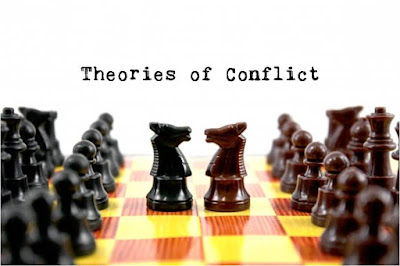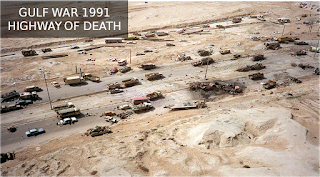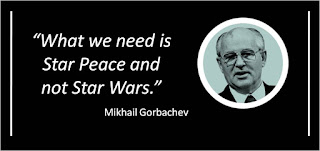B. H. LIDDELL HART
 |
| B. H. LIDDELL HART Source:WikiCommons |
One defect of this definition is that it intrudes on the sphere of policy, or the higher conduct of the war, which must necessarily be the responsibility of the government and not of the military leaders it employs as its agents in the executive control of operations. Another defect is that it narrows the meaning of ‘strategy’ to the pure utilization of battle, thus conveying the idea that battle is the only means to the strategical end. It was an easy step for Clausewitz's less profound disciples to confuse the means with the end and to reach the conclusion that in war every other consideration should be subordinated to the aim of fighting a decisive battle.









.jpg)

